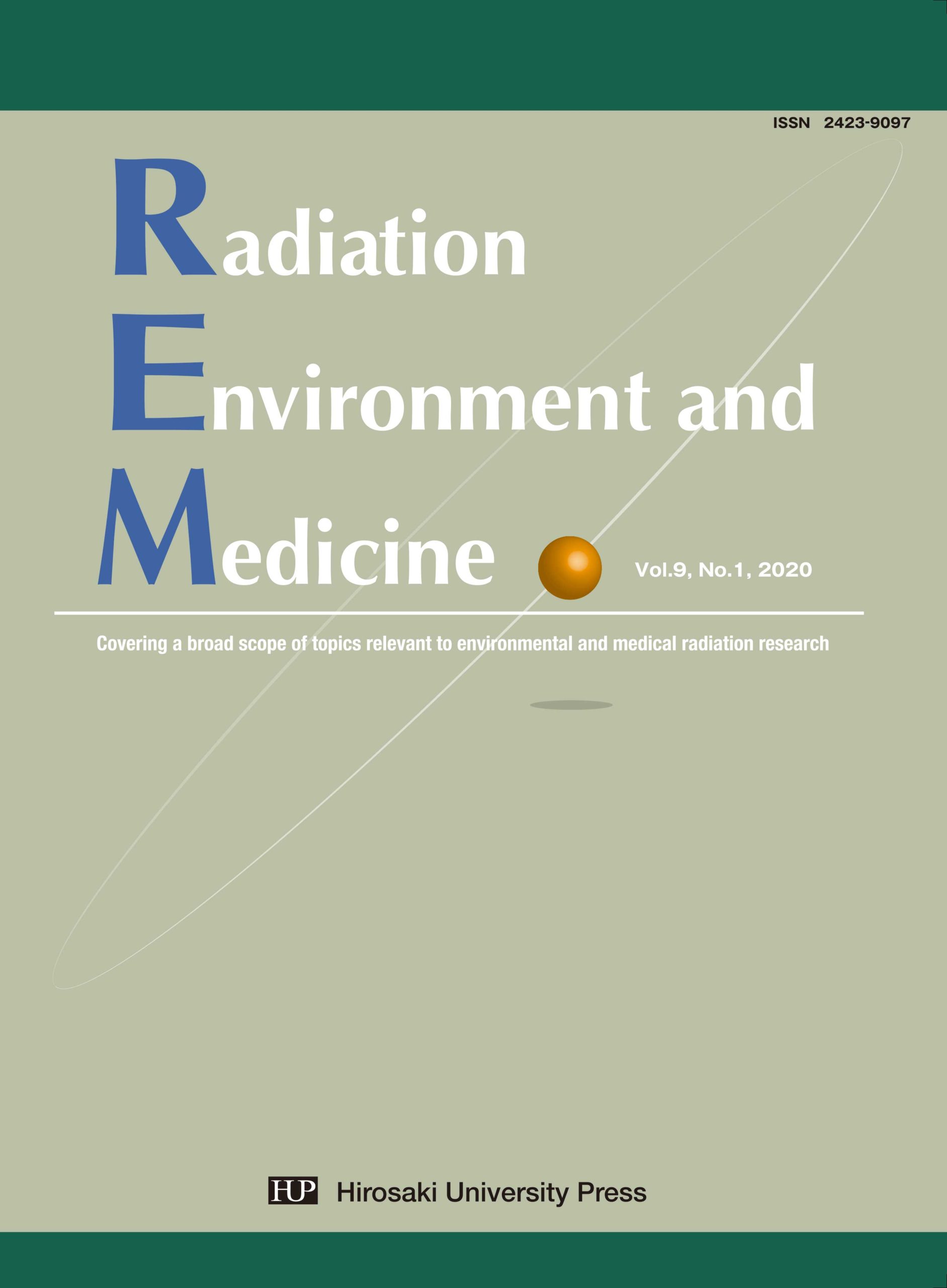A Comparison of Radiobiological Response in Cells Exposed to Low LET Radiation with Different Beam Energies
View article content
Lisa White1, Laura Shields2, Orla Howe1, 3, Isabel Vega Carrascal1, Adrian Maguire1, 4, Aidan Meade1, 4, Brendan McClean2 and Fiona M Lyng1, 4*
Radiat Environ Med (2020)9(1):1-61Radiation and Environmental Science Centre, FOCAS Research Institute, Technological University
Dublin, Kevin St, Dublin D08 NF82, Ireland
2Medical Physics Department, St. Luke’s Hospital, Highfield Road, Rathgar, Dublin 6, Ireland
3School of Biological Sciences, Technological University Dublin, Kevin St, Dublin D08 NF82, Ireland
4School of Physics, Technological University Dublin, Kevin St, Dublin D08 NF82, Ireland
- Abstract
There is conflicting evidence in the literature on biological effects between different low LET radiations. The aim of this study was to investigate the impact of different low LET radiations on radiobiological response.
Chromosomal radiosensitivity was measured in human lymphocytes from healthy donors using the G2 chromosomal radiosensitivity assay. Radiation induced mitotic inhibition was also measured.
Cells were irradiated to doses of 0.05 and 0.5 Gy using a Cobalt 60 teletherapy unit and a Linac operating at 6 MV (photons) and 12 MeV (electrons). As expected, a dose response was observed with increasing dose resulting in greater response. No statistically significant differences were observed, however, with different beam energies. Our study shows no statistically significant difference in radiobiological response with beam energy as measured using G2 chromosomal radiosensitivity and radiation induced mitotic inhibition as endpoints.



